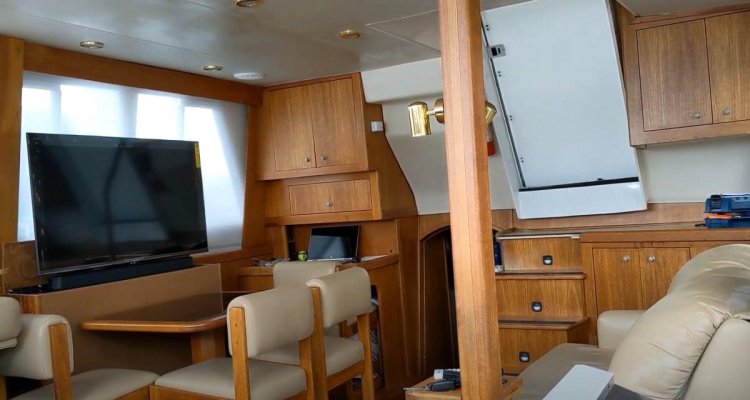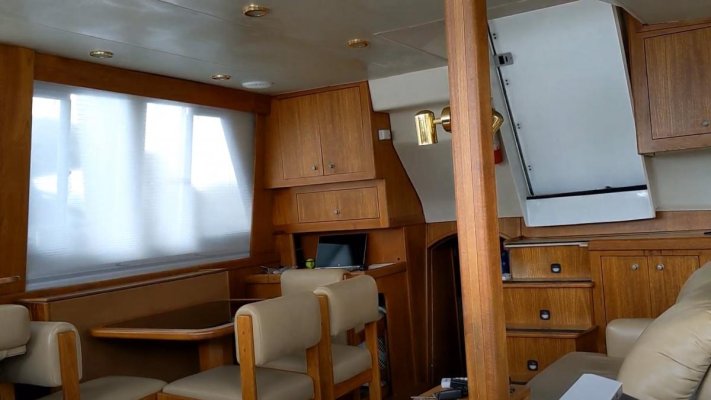Waterant
Senior Member
Thanks. If I see a problem with the flow, it would not be a very complex replacement. I just replace 2 barb fittings from 3/4 npt to 1/2 barb and get 40' of 1/2 hose - 25 to one tank and 15 to another tank. That hose will not be cheap so i will do a flow test first to see if there is really a need for that upgrade.
If someone will be building a similar system, that's a good point - use the largest fittings and hoses you can to reduce the friction loses and back pressure.
If someone will be building a similar system, that's a good point - use the largest fittings and hoses you can to reduce the friction loses and back pressure.



